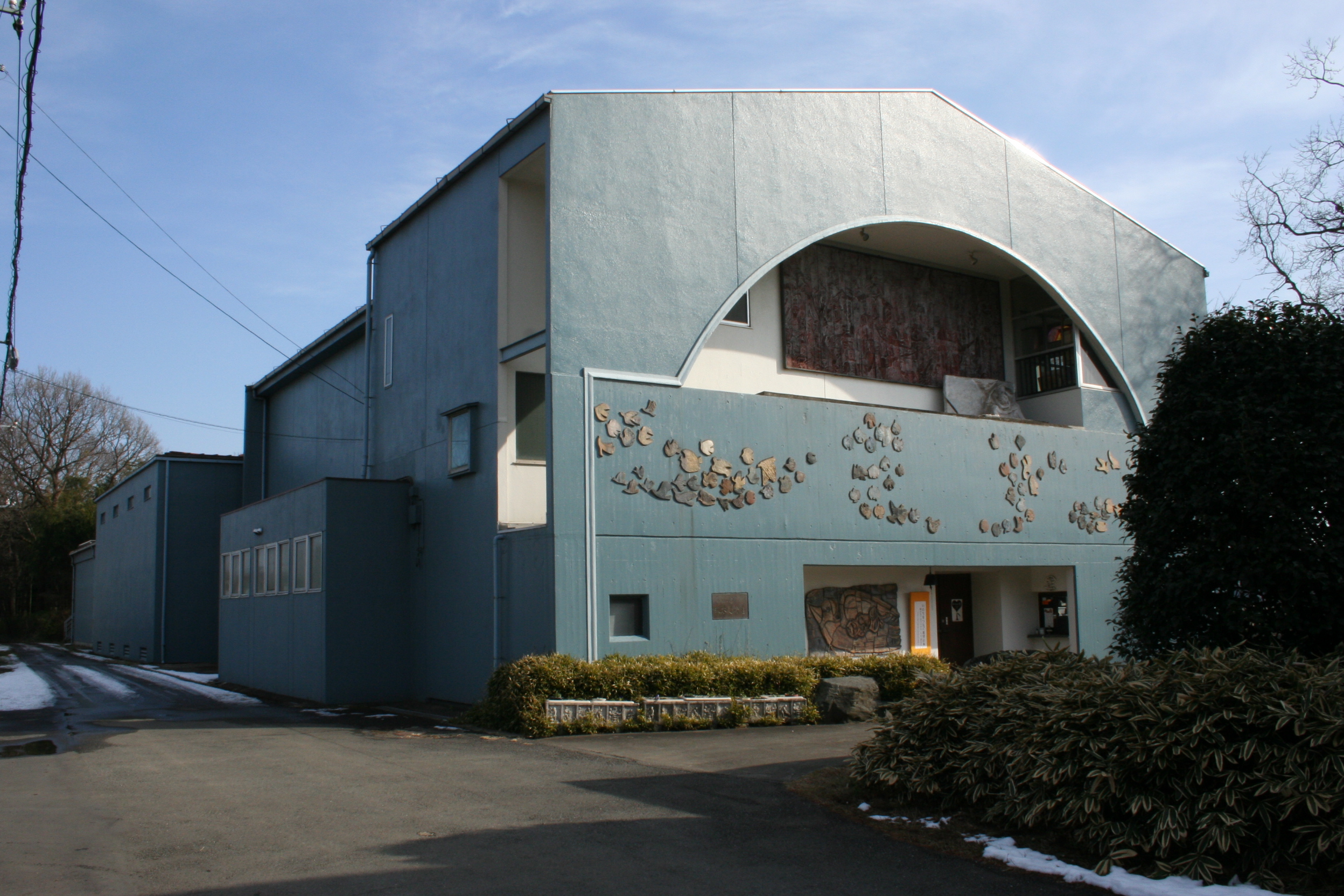The Hiroshima Panels
 ''The Hiroshima Panels'' (原爆の図, ''Genbaku no zu'') are a series of fifteen painted folding panels by the collaborative husband and wife artists Toshi Maruki and Iri Maruki completed over a span of thirty-two years (1950–1982). The ''Panels'' depict the consequences of the atomic bombings of Hiroshima and Nagasaki, as well as other nuclear disasters of the 20th century. Each panel stands 1.8 metres x 7.2 metres.
''The Hiroshima Panels'' (原爆の図, ''Genbaku no zu'') are a series of fifteen painted folding panels by the collaborative husband and wife artists Toshi Maruki and Iri Maruki completed over a span of thirty-two years (1950–1982). The ''Panels'' depict the consequences of the atomic bombings of Hiroshima and Nagasaki, as well as other nuclear disasters of the 20th century. Each panel stands 1.8 metres x 7.2 metres.The paintings depict people wrenched by the violence and chaos of the atomic bombing; some wandering aimlessly, their bodies charred, while others are still being consumed by atomic fire. Dying lovers embrace and mothers cradling their dead children. Each painting portrays the inhumanity, brutality, and hopelessness of war, and the cruelty of bombing civilians. The people depicted in the paintings are not only Japanese citizens but also Korean residents and American POWs who suffered or died in the atomic bombings as well. During the occupation of Japan by the Allied powers, when reporting on the atomic bombing was strictly prohibited, the panels played a crucial role in making known the hidden nuclear suffering through a nationwide tour.
The Marukis tried to represent all those affected so as to make their cause an international one and, above that, one of universal importance to all human beings. The use of traditional Japanese black and white ink drawings, sumi-e, contrasted with the red of atomic fire produce an effect that is strikingly anti-war and anti-nuclear.
The panels also depict the accident of the ''Daigo Fukuryu Maru'' on the Bikini Atoll in 1954 which the Marukis believed showed the threat of a nuclear bomb even during peace time. Provided by Wikipedia
-
1Book